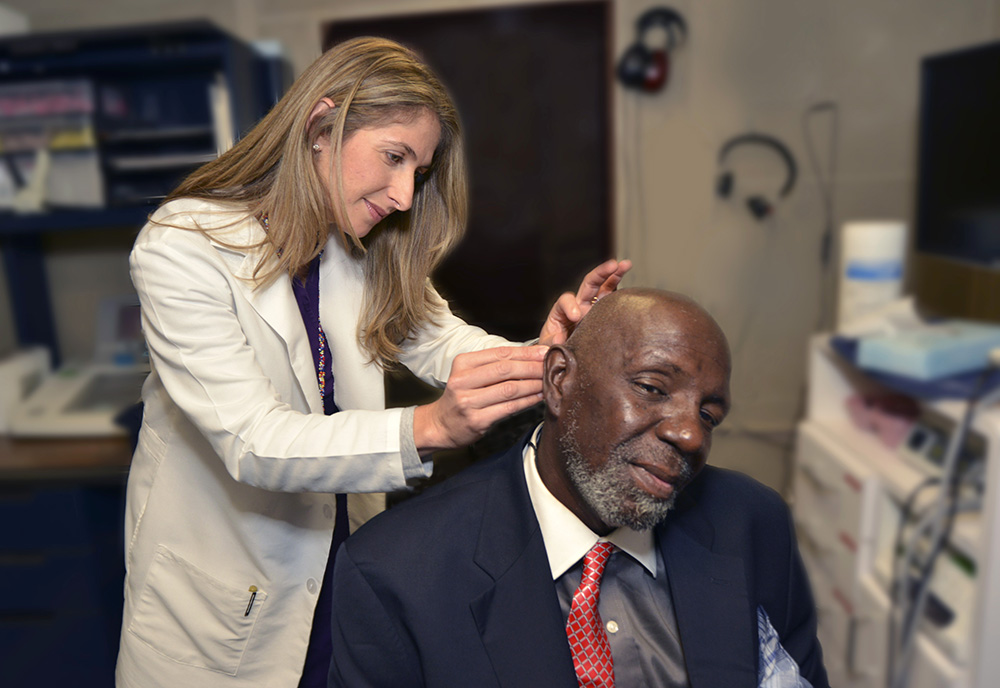Wireless Hearing Aids Let You Live Life The Way You Want
.png)
In the modern world, we’ve come to rely on mobile phones, tablets and other wireless devices to keep us connected to our family, friends and workplace every day. These devices use signals that are transmitted through the air and ultimately delivering messages to the recipient without wires. This wireless technology has changed many things in our daily lives and hearing aids are no exception!
Hearing aids with wireless capability offer more convenience and process sound and information together in nanoseconds. This gives the wearer a listening experience that more closely mimics the way they would hear with their ears. Also, there are several features that allow wireless hearing aids to communicate with external devices like television, telephone or a microphone system. The most common technologies are Bluetooth, Telecoil and FM Receiver and each option works a little differently.
Let’s have a look at how the wireless hearing aids work best for you with better Sound Quality, Localization and More Convenience:
Better Sound Quality

Wireless technology allows two hearing aids to operate together as one complete system, instead of acting as two independent devices. For example, if one hearing aid is being triggered for directional mode, both hearing aids would likely switch into that mode at the same time. The data transfer rates for wireless hearing aids are measured in nanoseconds, which is much faster than human brain can detect.
For the wearer, the adjustments are perceived in real time. Sound processing is synchronized between the two hearing aids, thus improving sound quality for the wearer.
Perfect Localization

You were born with two ears for a reason. Binaural hearing equips us to locate the source of sound quickly because the brain analyses timing and level differences that are received from each side of the head.
Localization is one of the reasons your hearing care professional will recommend two hearing aids to compensate for hearing loss that affects both ears. Traditional hearing aids process sound independently and this can cause the wearer difficulty in pinpointing the sources of sound because the timing and level differences are often lost. Wireless hearing aids address this problem by working together to compare timing and level differences for sounds received at the microphone of each device, thus preserving the natural localization cues our ears provide.
More Convenience

Wireless capability may also result in hearing aid features that improve convenience. Some wireless hearing aids may be set up so that when a user pushes a program button or changes the volume control on one hearing device, the change is automatically implemented on the other side. This arrangement requires less space for buttons on each device and reduces the amount of required changes by half. When the volume or program needs to be adjusted, the user only needs to touch one hearing aid and be confident that the other hearing aid will change automatically to match.
Hearing devices that can pick up wireless signals put us all in touch again, regardless of the means. Wireless transmission of sound data between two hearing aids benefits hearing aid users every day with better sound quality, improved localization and increased convenience.
